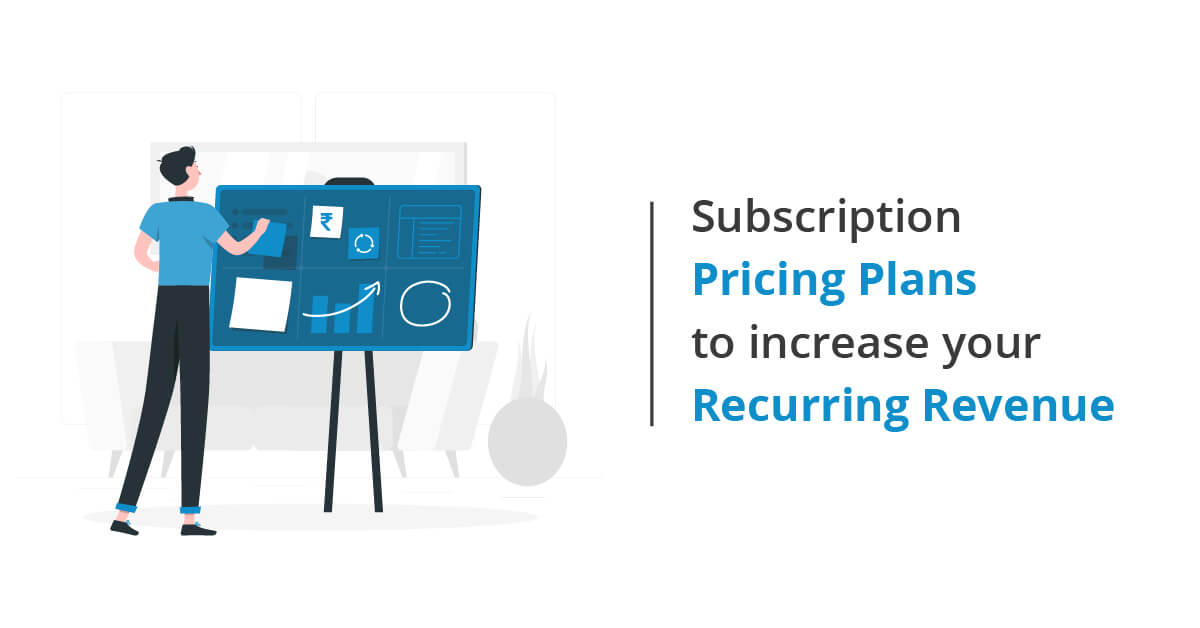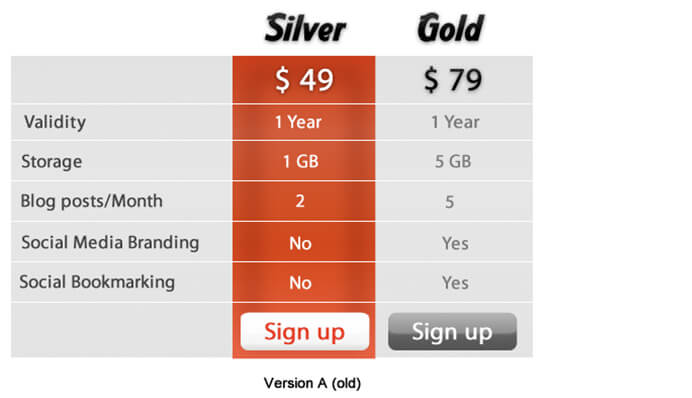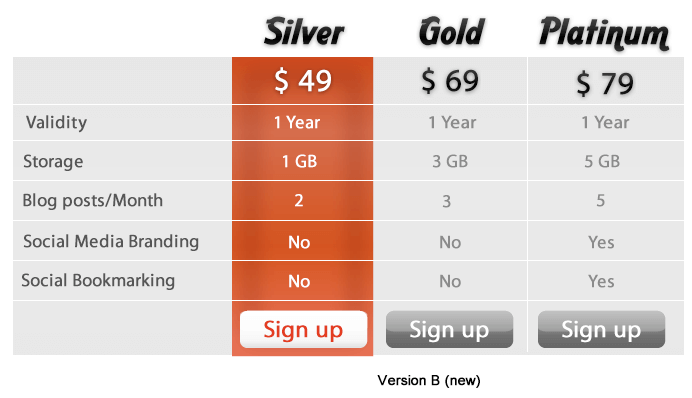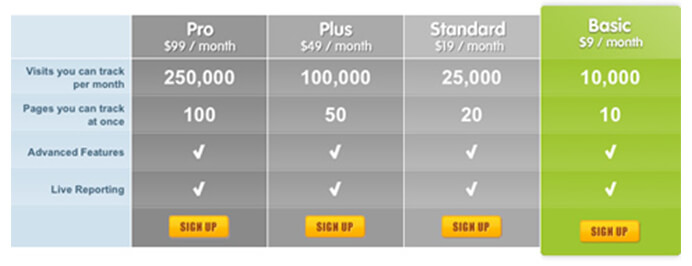One of the most discussed Ps of marketing is pricing. It is technical and complex, and when we talk about subscription pricing, things become even more confusing. Finding the perfect pricing plan that gives you better revenue outcomes is what most businesses seek but find it hard to determine what will work for them. Thus, making it necessary to have clear and actionable strategies before starting with a new subscription pricing plan to increase your business performance.
Know the actual price and value of your product/service
You need to talk with your customers to know what they think about the product and its pricing. Some research is needed too. Knowing your customers starts from knowing their expectations about the price range. Talking about the pricing will help you understand the value your customers assign to your product/service. There is no shortcut to this. Plain and simple, you have to talk and ask.
The question is: How will you do that? There are ways that you can use to talk about the price and value with your customers.
- Get on a call with your customers and gauge their reactions to prices. It’s telling and a sure-shot way to know what your customers think about the product value and your price label. Pricing experiments done on a phone call are equally valuable as an A/B test.
- Ask people their likelihood of purchasing a product at different prices. In this way, you can determine which pricing plan will work best for maximizing revenue. By doing this, you will get to know a few important things like – what’s the max price people are willing to pay for your product/service, and that will make the max price for your product/service. The next thing you can figure out is the optimal pricing of the product/service by considering the number of people willing to purchase and the maximum revenue you get.
- You will also need to check the price sensitivity. Often people associate low price with low quality. Be careful while putting the price label on your product/service. If you go below in the price sensitivity meter, it is more likely that your customers can assume that your product is of low quality.
After you determine the actual value of your product, you can now build a pricing strategy that helps you design pricing plans to increase recurring revenue. If this piqued your interest, read this piece to know how you can do that.
Subscription pricing plans for recurring revenue
Here is a real-life example of my talk about pricing and subscription pricing that can generate recurring revenue for your business.
A few days back, I was having a great discussion on the best methods for selling SaaS with a decent guy, the founder of Deskaway. Interestingly, during our conversation, I learned that we are moving towards (or already there☺) a subscription-based economy where there will be fewer fixed expenses and all costs are – Subscription or Pay as you go, type!
When you use subscriptions to sell something, the hardest part is getting people to sign up, and that is where the pricing plan plays a pivotal role. This post outlines how you can use irrationalities in behavior while setting pricing plans that increase your recurring revenue.
Test the pricing plan.
One must test the pricing plan is often considered generic advice that everyone knows. I strongly feel that testing is necessary to improve. Testing has to be the priority for determining the effectiveness of these plans.
It will be wise to check whether you are using a pricing plan that works the best for the user and gives you the most proper value & not just # of sign-ups. Remedy? Use A/B testing. Google Web Optimizer is a free and popular tool in A/B testing. You can use it to check the effectiveness of your plan.
To test, alter the actual price.
To test, try increasing or decreasing the actual price. To select the right plan, you can use well-known psychological pricing. e.g., I have numerous examples of some wise people (Mostly dev guys who designed pricing plans) not using a price which ends with 9. Unfair to them, and it’s proven. So, changing $25 into $29 might not decrease your sign-ups.
Pricing plan tiers.
There are ways in which you can create pricing plans which help your end conversions. One of the philosophies that we tested was to have a middle plan which generates intra-plan comparisons.
Here is an example of a test we conducted based on principles by Dr. Dan Ariely. The Principle is – Everything is relative & if I may quote him –
Like an airplane pilot landing in the dark, we want runway lights on either side of us, guiding us to the place where we can touch down our wheels.
When people see different options, they start comparing these options. In short, the hypothesis we tested was that the people choose things relatively and not in their absolute terms, comparing against their needs.
If you see the two potential pricing plans above, you will notice that the $69 plan is introduced as a filler or supporter plan so that the $79 plans get sold more.
When we tested these two versions against each other in Google Website Optimizer, we found this.
With version B, we got 9% more sign-ups for the $79 plan against the sign-ups for the $79 plan in version A. Interestingly, nobody bought the $69 plan.
The interpretation here is, when we gave a $69 option to people, they compared it with $79. Just for $10 more, they got 2 GB Free storage plus Social Media branding and bookmarking, which was also available previously for the same price.
What went on in their mind? Just for $10 more, I am getting 2 GB free plus Social Media branding, indeed a steal! When they started comparing, a tweak did the trick.
Free plan? Keep it as it is.
A Forever free plan from Mailchimp is the best example of user engagement. I am running guitar classes online, and I want to send weekly assignments to all my 200 users. I do not require a paid plan, and I want to use it forever too. But when the volume (no. of email) would scale up, it is easy to convert this customer into a paid plan as all the features are.
The question is, How to differentiate between Free and Paid if both the users can use all the features? Simple, restrict volume. E.g., If you are an Email service provider, restrict the free users to send 10,000 Emails a month. Let them use all features. Restrict premium features that only users with a massive volume will require. Maybe you can block the automatic testing of the subject line compatibility with the email content. There is no need to send 10,000 emails in a month.
Remember, the pricing plan will have a direct effect on your revenues & they are for people. Therefore must be explained well. Also, highlight one pricing plan that you think is the best value for money for the user. Give a different visual treatment. Highlight a moderate level plan with all essential features and average pricing. It builds trust that you want to solve the business problem in less money.
Conclusion
As we discussed above, a clear and actionable pricing strategy is valuable, and you will need to put efforts into optimizing it, so here are few quick takeaways –
- Refrain from any guesswork and gather good data. For that, you can talk to customers.
- Devise a pricing strategy and pricing plan based on your research.
- Whatever your pricing plan is, you don’t need to hide it. Be transparent and don’t offer any long-term discounts.
That is it from my end! Do you have tips and tricks that can help people design better pricing plans? Have you ever thought of changing your pricing plan?





